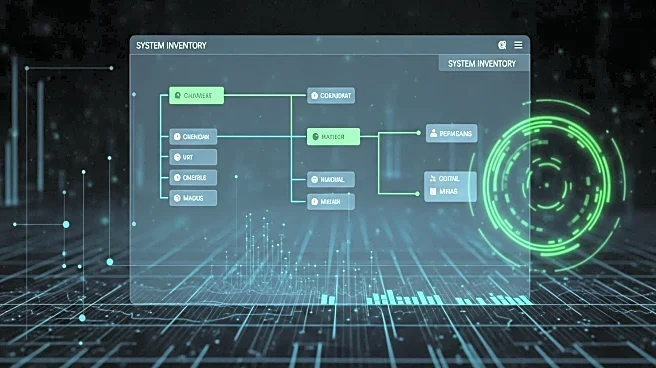What's Happening?
The cybersecurity landscape is facing significant challenges as the number of disclosed vulnerabilities continues to rise sharply. In the first half of 2025 alone, over 20,000 new vulnerabilities were reported, with nearly 35% having publicly available exploit code, according to the Global Threat Intelligence Index by Flashpoint. This surge in vulnerabilities is putting immense pressure on security teams, who are advised to shift from traditional vulnerability management strategies to more intelligent approaches. Experts like Lefkowitz suggest that instead of attempting to patch every vulnerability quickly, security teams should focus on 'patching smarter' by leveraging security intelligence. Hüseyin Can Yüceel from Picus Security emphasizes that while the volume of vulnerabilities is daunting, not all will impact every enterprise.
Why It's Important?
The increase in vulnerabilities and exploit codes poses a significant threat to enterprises, potentially leading to more frequent and severe cyberattacks. This situation necessitates a strategic shift in how organizations manage vulnerabilities, moving towards more efficient and targeted approaches. The ability to prioritize and address the most critical vulnerabilities can help organizations better protect their assets and reduce the risk of exploitation. This shift is crucial for maintaining the integrity and security of enterprise systems, especially as digital transformation continues to expand the attack surface. Organizations that adapt to these changes stand to improve their resilience against cyber threats, while those that do not may face increased risks and potential financial losses.
What's Next?
Security teams are expected to adopt more sophisticated vulnerability management strategies, focusing on intelligence-driven approaches. This may involve investing in advanced threat intelligence tools and training personnel to better understand and prioritize vulnerabilities. As the cybersecurity landscape evolves, collaboration between organizations and security experts will be essential to develop effective countermeasures. Additionally, regulatory bodies may introduce new guidelines or requirements to ensure that organizations are adequately addressing the growing threat of vulnerabilities and exploits.










